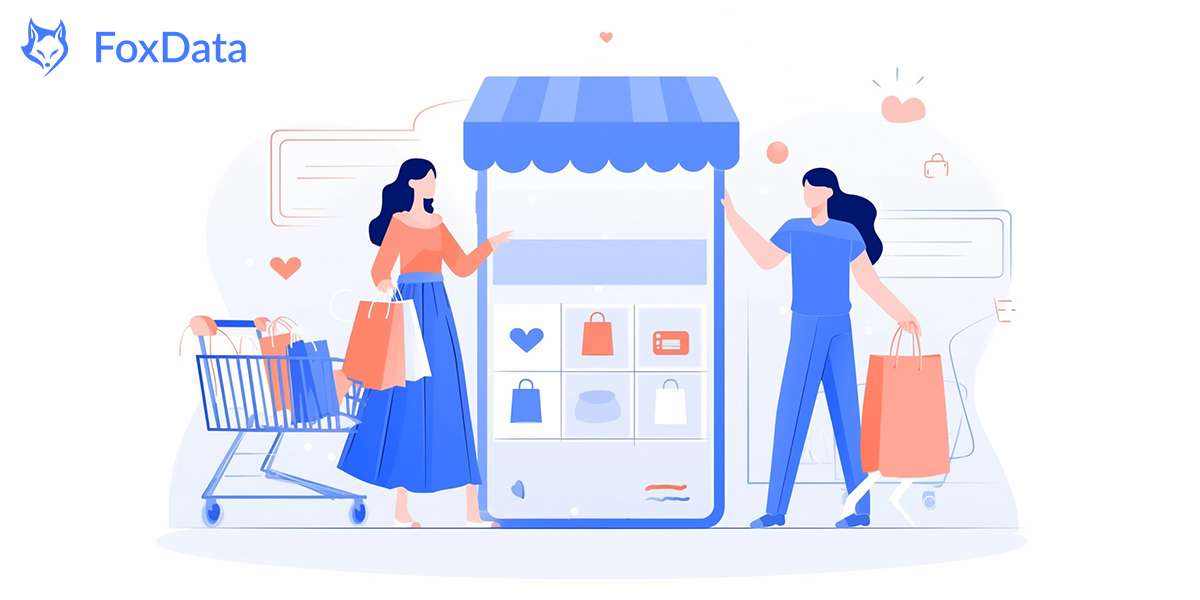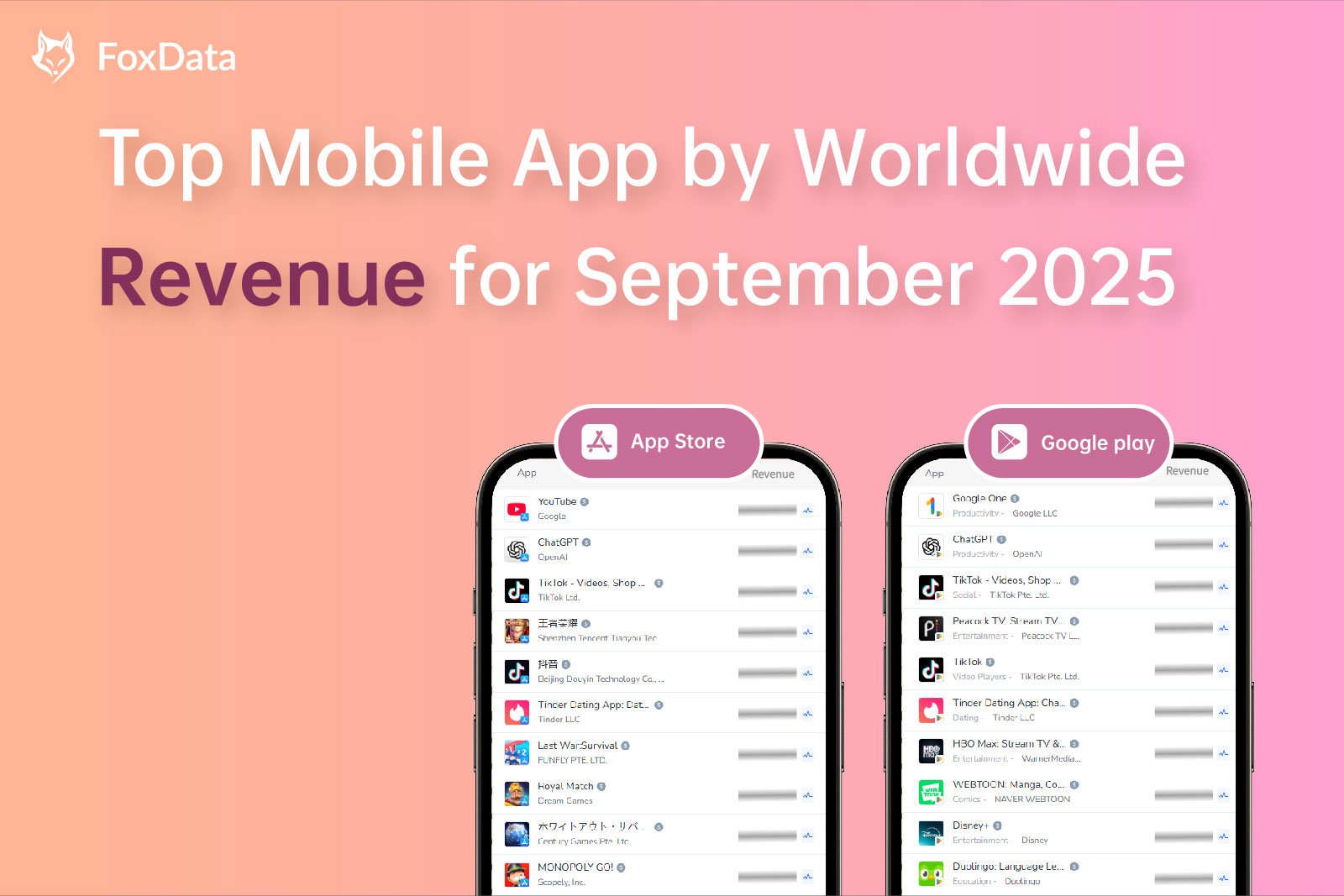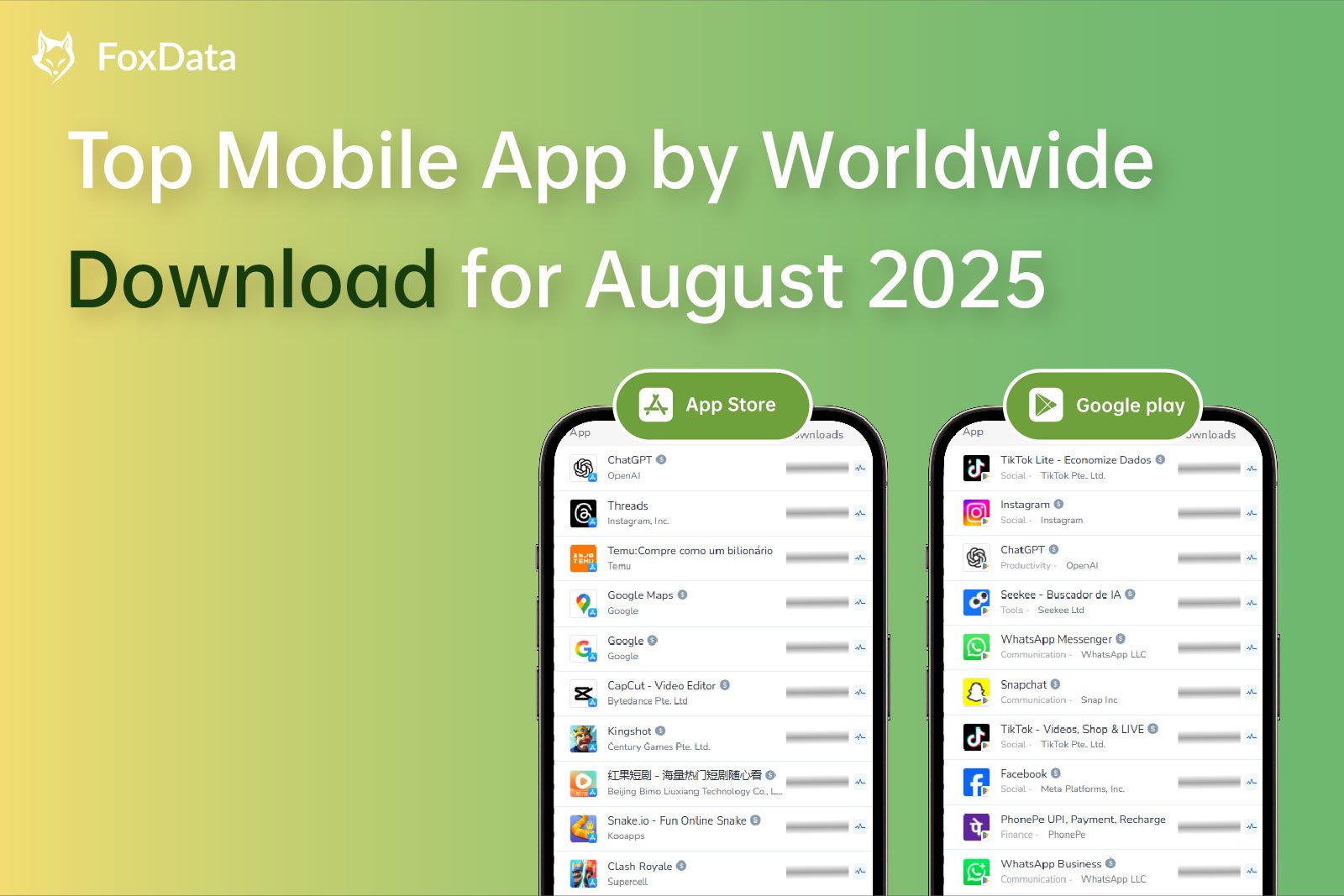E-commerce Trend in Mobile Apps in 2024

The advent of the digital age has ushered in a transformative economic era, predominantly characterized by the rise of ecommerce. This innovation in shopping has proven beneficial for both businesses and consumers. As technological advancements continue, there has been a noticeable shift in consumer preferences towards mobile commerce (m-commerce), which has now emerged as a key player in the e-commerce sector.
Global e-commerce revenue is expected to reach 3.178 trillion in 2024, and the total e−commerce market is projected to exceed 7.9 trillion by 2027.
With the increasing trend of online shopping via mobile devices, it's essential for businesses to enhance their mobile apps to boost both revenue and customer engagement. Mobile apps typically outperform traditional websites and Progressive Web Apps (PWAs) in terms of functionality, performance, and overall user satisfaction. Consequently, optimizing mobile apps is a strategic move for businesses aiming to capitalize on the expanding mobile commerce market.
Top E-commerce Mobile App Trends
1. Integrating E-commerce Directly into Social Media Platforms
The evolution of social commerce is evident with the introduction of features like TikTok Shop, which allows e-tailers to create complete storefronts within the social media platforms themselves. This integration facilitates a seamless shopping experience, reducing cart abandonment and potentially increasing sales.
The platforms' sophisticated recommendation engines, which tailor content based on user preferences, further enhance engagement and sales opportunities.
2. Embracing Omnichannel Customer Engagement
To address this, e-tailers are adopting omnichannel messaging tools like CM.com and SleekFlow that consolidate messages from various channels into a single inbox. This setup not only streamlines communication but also ensures a consistent and smooth customer service experience across different platforms.
3. Leveraging Live Commerce for Enhanced Customer Interaction
Originating from the livestreaming trend in Asia around 2016, live commerce has become a dynamic method of engaging customers through real-time interactions such as flash sales, live auctions, and product demonstrations.
This format combines the broad reach of livestreaming with a personal touch, allowing e-tailers to connect intimately with customers, address their concerns instantly, and secure sales while the interest is peaking.
With nearly half of Southeast Asian consumers watching livestream sales weekly, e-tailers are increasingly using this medium to capture attention and drive sales in the competitive e-commerce landscape.
4. Transforming User-Generated Content into Shopping Opportunities
User-generated content (UGC) is a goldmine for e-tailers, offering authenticity that cannot be matched by traditional advertising.
Studies, like one conducted with Indonesian consumers, have shown that high-quality UGC can significantly influence purchasing decisions. Recognizing the impact of UGC, e-tailers are enhancing its value by making it shoppable.
Tools like Emplifi and Reviews.io are used to create tagged UGC galleries, allowing users to shop directly from the posts. Additionally, proactive e-tailers are designing social campaigns aimed at generating viral UGC, which can then be curated and tagged to further boost sales.
This strategy not only capitalizes on the authenticity of UGC but also leverages the purchasing power of influential groups like Gen Z, who are drawn to platforms like TikTok and Instagram and are influenced by nano-influencers and key opinion customers.
Click here to find more Market Insights & Trends.
Now just join FoxData and embark on a business growth journey as we unveil a FREE App Data Analytics Tool, which boosts your downloads, increases your user base, and watches your performance soar to new heights






